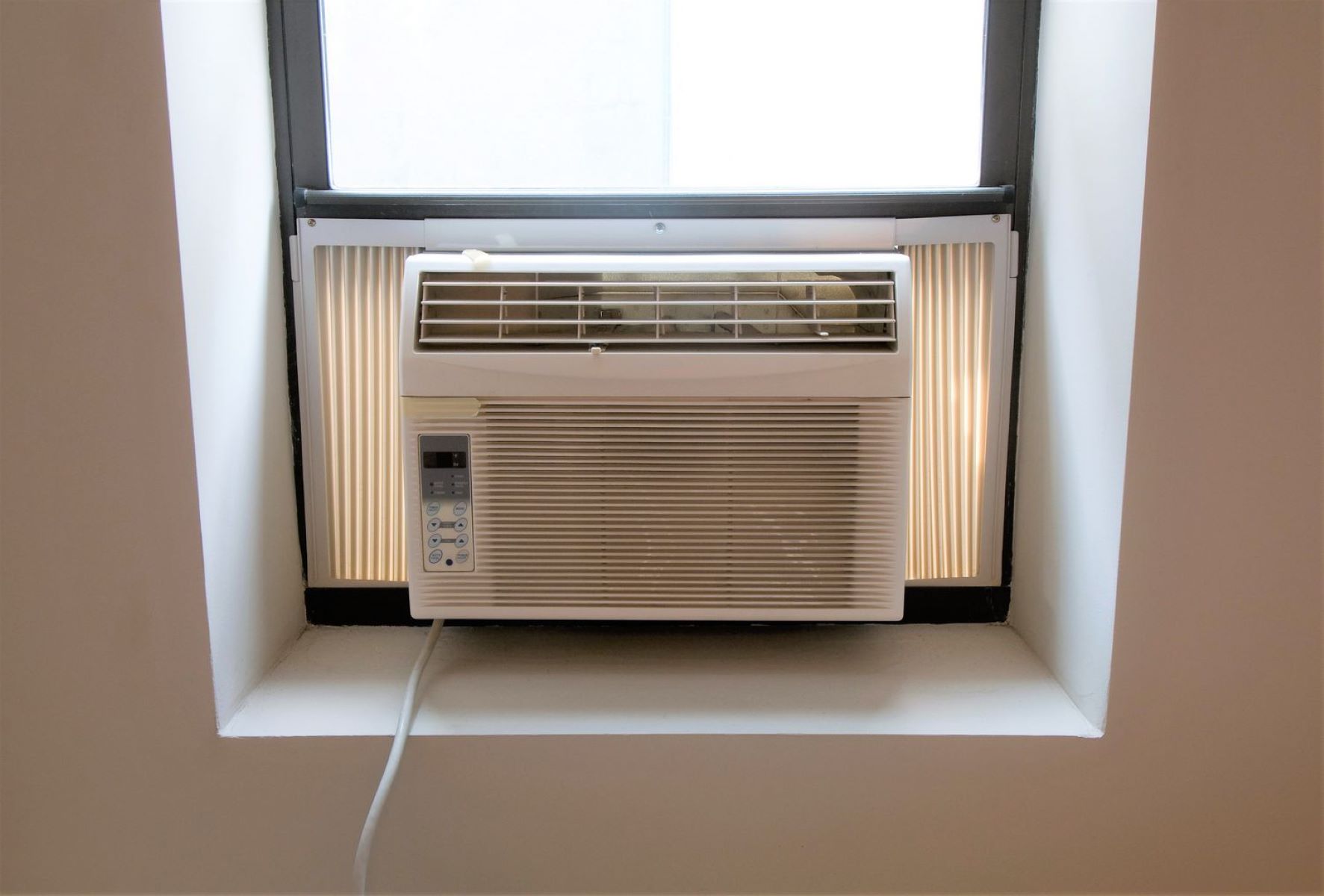

Articles
How To Store Window Ac Unit
Modified: August 16, 2024
Discover the best ways to store your window AC unit in this informative articles. Keep your unit protected and ready for the next cooling season.
(Many of the links in this article redirect to a specific reviewed product. Your purchase of these products through affiliate links helps to generate commission for Storables.com, at no extra cost. Learn more)
Introduction
As the warmer months come to an end and the colder weather sets in, it’s time to start thinking about storing your window air conditioning unit properly. While these units provide much-needed relief during the summer, they can become a hindrance during the winter months if not stored correctly. Proper storage not only ensures the longevity and performance of your AC unit but also frees up valuable space in your home. In this article, we will guide you through the steps to safely store your window AC unit, ensuring that it remains in optimal condition for future use.
Key Takeaways:
- Properly storing your window AC unit is crucial for preventing damage, prolonging its lifespan, saving energy, and creating more space in your home. Follow the steps to ensure optimal performance and readiness for the next summer season.
- Before reinstalling your window AC unit, perform basic checks to ensure it’s in good condition. Inspect for damage, clean the unit, check the power cord, air filter, coils, and fins, and test its functionality. This ensures efficient cooling and a comfortable environment.
Read more: How To Remove A Window AC Unit
Why Proper Storage is Important
Properly storing your window air conditioning unit is crucial for several reasons:
- Preventing Damage: Storing your unit properly protects it from potential damage caused by harsh winter conditions, such as freezing temperatures, snow, and ice. These elements can lead to corrosion, leaks, and electrical issues if the unit is left exposed. By taking the time to store it correctly, you can avoid costly repairs or the need for a replacement unit.
- Prolonging Lifespan: AC units are a significant investment, and proper storage helps prolong their lifespan. Protecting the unit from dust, debris, and moisture prevents internal damage and improves its overall performance. By ensuring that the unit is in good condition when you store it, you’ll be able to enjoy its cooling benefits for many years to come.
- Saving Energy: Leaving your window AC unit exposed during the winter can result in drafts, allowing cold air to seep into your home and warm air to escape. This not only makes it difficult to maintain a comfortable temperature but also increases your energy consumption and raises your utility bills. Properly stored units help maintain the efficiency of your home’s insulation and reduce unnecessary energy waste.
- Creating More Space: Window AC units can be bulky and take up valuable space in your home. By safely storing the unit during the colder months, you can free up that space for other purposes. Whether it’s creating more storage or utilizing the window area for natural light, storing your unit allows for a more organized and functional living environment.
By taking the time to store your window AC unit properly, you will not only protect your investment but also ensure that it is ready to provide cool comfort when the next summer rolls around.
Steps to Prepare the Window AC Unit for Storage
Before storing your window air conditioning unit, it’s essential to follow a few steps to ensure it’s ready for storage. These steps will help maintain the unit’s integrity and prevent potential damage. Here’s what you need to do:
- Turn off and unplug the unit: Before you begin preparing the AC unit for storage, turn off the power and unplug it from the electrical outlet. This helps to prevent any accidents or damage during the process.
- Remove the air filter: The air filter in your AC unit collects dust and debris over time, so it’s important to remove it for cleaning. Refer to your unit’s manual for instructions on how to remove and clean the filter properly. If the filter is damaged or worn out, consider replacing it before storing the unit.
- Clean the unit: Use a vacuum cleaner with a brush attachment or a soft cloth to remove any dirt, dust, or debris from all the surfaces of the unit. Pay close attention to the coils, fins, and vents. You can also use a mild detergent and water solution to clean stubborn stains or grime. Ensure that the unit is completely dry before moving on to the next step.
- Inspect for any damage: Take the time to carefully inspect the unit for any visible damage or signs of wear and tear. Check for rust, corrosion, leaks, or any loose parts. If you notice any issues, it’s best to address them before storing the unit.
- Coil, cord, and component care: Carefully coil the power cord and secure it with a twist tie or Velcro strap. This prevents any damage or tangling during storage. Additionally, ensure that all other components and accessories, such as remote controls or brackets, are safely stored with the unit.
By following these preparation steps, you’ll ensure that your window AC unit is clean, in good condition, and ready for safe storage.
Cleaning the Unit
Properly cleaning your window air conditioning unit is a crucial step in preparing it for storage. This ensures that any accumulated dirt, dust, or debris is removed, allowing the unit to function optimally when it’s used again. Here’s a step-by-step guide on how to clean your AC unit:
- Disconnect the unit: Start by unplugging the unit from the power source and disconnecting it from the window. This will ensure your safety and prevent any accidents during the cleaning process.
- Remove the front cover and filter: Most window AC units have a removable front cover. Gently remove the cover and set it aside. Take out the air filter and check its condition. If it’s reusable, wash it with warm soapy water and allow it to air dry completely. If it’s disposable, replace it with a new filter.
- Clean the coils and fins: The coils and fins of the AC unit can accumulate dust and dirt, hindering its performance. Use a soft brush or a vacuum cleaner with a brush attachment to carefully remove any debris from the coils and fins. Be gentle to avoid bending or damaging these delicate components.
- Wipe down the surfaces: Use a damp cloth or sponge to wipe down the interior and exterior surfaces of the unit. Pay close attention to areas around the vents and other hard-to-reach corners. If there are any stubborn stains, you can use a mild detergent solution to gently clean them.
- Clean the fan blades: The fan blades in your AC unit can also accumulate dirt and dust. Use a cloth or brush to clean the blades, ensuring that they are free from any obstructions that may affect the airflow.
- Check the drainage system: Take a moment to inspect the unit’s drainage system, including the drain pan and drainage holes. Make sure there are no clogs or blockages that will prevent proper water drainage. If necessary, use a small brush or a pipe cleaner to clear any debris.
Once you’ve completed these cleaning steps, allow the unit to dry completely before moving on to the next stage of preparing it for storage. By cleaning your window AC unit thoroughly, you’ll ensure its optimal performance and longevity.
Removing and Storing the Unit
Once you have prepared and cleaned your window air conditioning unit, it’s time to remove it from the window and store it properly. Here are the steps to safely remove and store your unit:
- Disconnect the unit: Start by turning off the unit and unplugging it from the electrical outlet. This will prevent any accidental work of the AC during the removal process.
- Remove the unit from the window: Depending on the type of unit you have, there may be screws or brackets securing it in place. Carefully remove these fasteners and gently lift the unit out of the window. Use caution to avoid dropping or damaging the unit while removing it.
- Recruit assistance if needed: Window AC units can be heavy and cumbersome to handle alone. If you’re unable to safely remove the unit on your own, consider asking for help from a family member or friend.
- Choose a suitable storage location: Find a clean, dry, and well-ventilated area to store your AC unit. Avoid areas prone to extreme temperatures or humidity, such as basements or outdoor sheds. Ideally, a climate-controlled storage space or a clean and dry garage would be the best options.
- Protect the unit during storage: Before storing the unit, it’s crucial to protect it from dust and potential damage. Wrap the entire unit in a plastic or vinyl cover to shield it from dust and moisture. Secure the cover with tape or bungee cords to keep it in place.
- Store the unit in an upright position: It’s essential to store the AC unit in an upright position to prevent any internal damage. If the unit is stored on its side or upside down, the lubricant in the compressor can leak, causing mechanical issues. Keep it in the same orientation as it would be when installed in the window.
- Avoid stacking heavy objects on top: When storing the unit, make sure to avoid placing heavy objects on top of it. This can cause unnecessary pressure and potential damage to the unit.
By following these steps, you can safely remove your window AC unit and store it in a suitable location that will protect it from damage and ensure its longevity.
When storing a window AC unit, make sure to clean the filters and coils, remove any debris, and cover the unit with a waterproof cover to protect it from dust and moisture. Store it in a dry, well-ventilated area to prevent mold and mildew growth.
Read more: How To Seal Window AC Unit
Wrapping the Unit
Properly wrapping your window air conditioning unit is an important step in ensuring its protection during storage. By using the right materials and techniques, you can prevent dust, moisture, and other potential damage. Here’s how to wrap your AC unit effectively:
- Clean and dry the unit: Before wrapping your AC unit, ensure that it is clean and completely dry. This will prevent moisture from being trapped inside, which can lead to mold or corrosion during storage.
- Use a protective cover: Wrap the entire unit in a breathable, waterproof cover made specifically for AC units. These covers are designed to keep out dust and condensation while allowing air to circulate. Make sure the cover is secured tightly to prevent it from shifting or becoming loose.
- Avoid using plastic sheets: While it may be tempting to use plastic sheets or tarps as a protective covering, they can trap moisture and lead to condensation, which can cause damage to the unit. Opt for a cover specifically designed for AC units to ensure proper ventilation.
- Secure the cover: Use tape or bungee cords to secure the cover tightly around the unit, ensuring it is fully protected. This will prevent the cover from coming loose and exposing the unit to dust or moisture.
- Consider adding extra insulation: If you’re storing your AC unit in an area with fluctuating temperatures, you may want to add additional insulation to protect it. Use foam pipe insulation or wrap blankets around the unit to provide an extra layer of protection.
- Label the unit: To make it easier to identify your AC unit during storage, consider labeling it with a tag or marker. This will help you locate and retrieve it when needed.
By properly wrapping your window AC unit, you can ensure that it remains clean, dry, and well-protected during the storage period. This will help maintain its performance and extend its lifespan.
Storing the Unit
Properly storing your window air conditioning unit is essential for maintaining its condition and longevity. Follow these guidelines to ensure the unit is stored safely and securely:
- Select an appropriate storage location: Choose a clean, dry, and well-ventilated area for storing the AC unit. Avoid areas with extreme temperatures or high humidity, as they can damage the unit. A climate-controlled storage space or a clean and dry garage is ideal.
- Keep it elevated: Place the stored unit on a sturdy platform or pallet to keep it off the ground. This helps prevent moisture from seeping into the unit and causing damage. It also reduces the risk of pests or rodents nesting inside.
- Avoid stacking heavy objects on top: To prevent unnecessary pressure or damage to the AC unit, avoid stacking heavy items on top of it. This can cause dents or deformations in the unit’s casing.
- Maintain air circulation: Provide sufficient airflow around the stored unit to prevent moisture buildup. Avoid tightly enclosing it in a small space or stacking it too close to other items.
- Check periodically: Regularly check on your stored unit to ensure it remains in good condition. Look for any signs of damage, leaks, or pest activity. Address any issues promptly to prevent further damage.
- Follow manufacturer’s instructions: Be sure to follow any specific guidance provided by the manufacturer regarding storage recommendations for your particular AC unit. This may include additional steps or precautions to maintain its condition.
By following these storage guidelines, you can ensure that your window AC unit remains protected and in good working condition until it’s ready for reinstallation.
Checking the Unit before Reinstallation
Before reinstalling your window air conditioning unit after a period of storage, it’s important to perform some basic checks to ensure it’s still in good working condition. Here’s a step-by-step guide to checking the unit before reinstallation:
- Inspect for any visible damage: Take a close look at the unit for any signs of damage, such as cracks, dents, or loose parts. Address any issues before proceeding with the reinstallation.
- Clean the unit: Remove any dust or debris that may have accumulated on the surface during storage. Use a soft cloth or brush to gently clean the unit and ensure it’s free from dirt.
- Check the power cord and plug: Examine the power cord for any fraying or damage. A damaged power cord should be replaced to prevent electrical hazards. Also, check the plug for any signs of wear or loose connections.
- Inspect the air filter: Check the air filter to ensure it’s clean and in good condition. If necessary, clean or replace the filter according to the manufacturer’s instructions.
- Examine the coils and fins: Inspect the coils and fins for any blockages or damage. Clear away any obstructions and gently straighten any bent fins using a fin comb or a soft brush.
- Check the drainage system: Ensure that the unit’s drainage system is clear and functioning properly. Remove any debris from the drain pan and clean the drainage holes to prevent water buildup.
- Test the unit: Plug in the unit and turn it on to confirm that it’s operational. Listen for any unusual sounds, check that cool air is being expelled, and verify that the thermostat is working correctly. If you notice any issues, consult the unit’s manual or contact a professional technician for assistance.
By performing these checks before reinstallation, you can identify and resolve any potential issues, ensuring that your window AC unit is ready to cool your space efficiently.
Conclusion
Properly storing your window air conditioning unit is vital for its longevity and performance. By following the steps outlined in this article, you can ensure that your AC unit remains in optimal condition during the off-season. Taking the time to prepare, clean, and store the unit correctly will protect it from damage caused by harsh weather conditions, dust, and moisture. Additionally, it will save energy, create more space in your home, and prolong the lifespan of your AC unit.
Remember to disconnect and unplug the unit, remove and clean the air filter, thoroughly clean the unit, inspect for any damage, wrap it securely with a breathable cover, and store it in a suitable location. When the time comes to reinstall the unit, make sure to perform a thorough check, clean the unit again if needed, and test its functionality before use.
By following these guidelines, you can ensure that your window AC unit is well-maintained and ready to provide cool comfort when the next summer season arrives. A little effort and care in storing your unit will go a long way in ensuring its effectiveness and durability for years to come. So, take the necessary steps to store your AC unit properly, and enjoy a comfortable and efficient cooling experience season after season.
Frequently Asked Questions about How To Store Window Ac Unit
Was this page helpful?
At Storables.com, we guarantee accurate and reliable information. Our content, validated by Expert Board Contributors, is crafted following stringent Editorial Policies. We're committed to providing you with well-researched, expert-backed insights for all your informational needs.

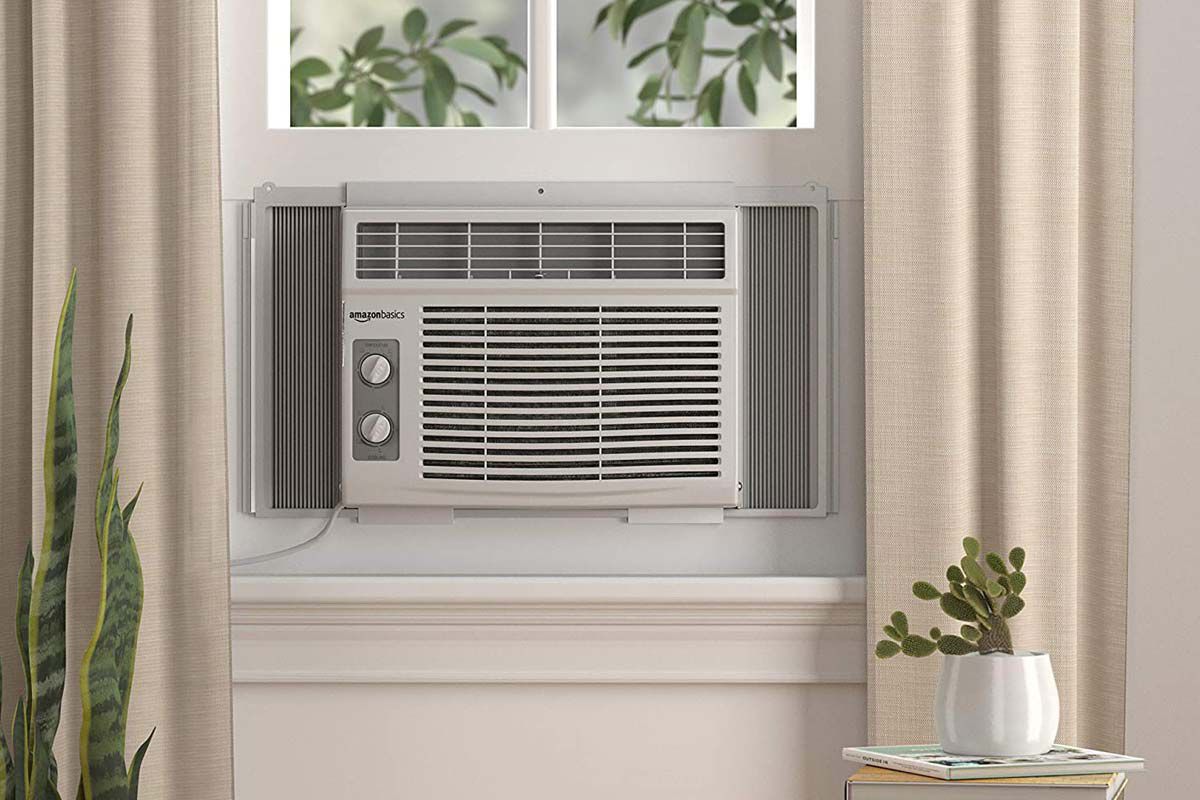
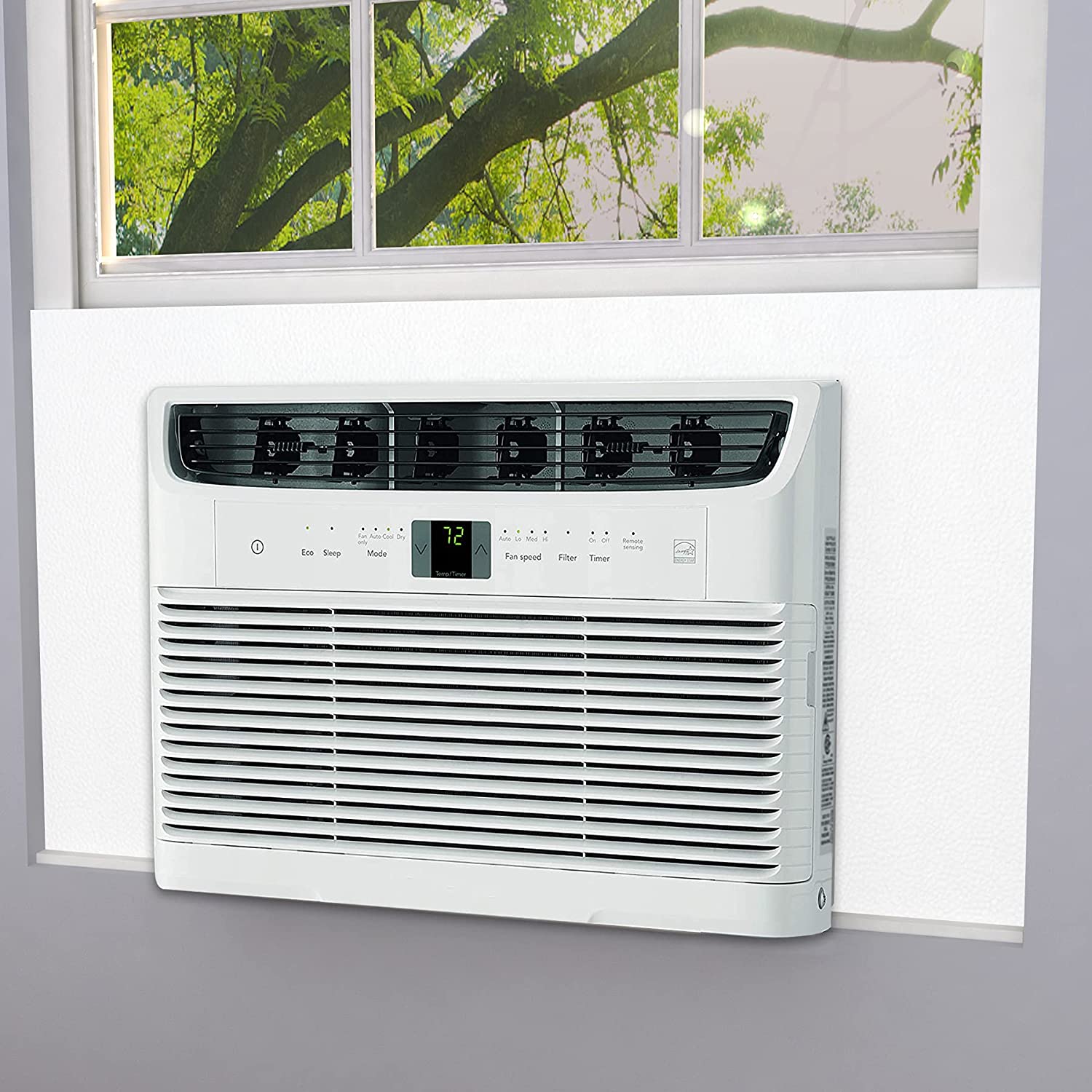
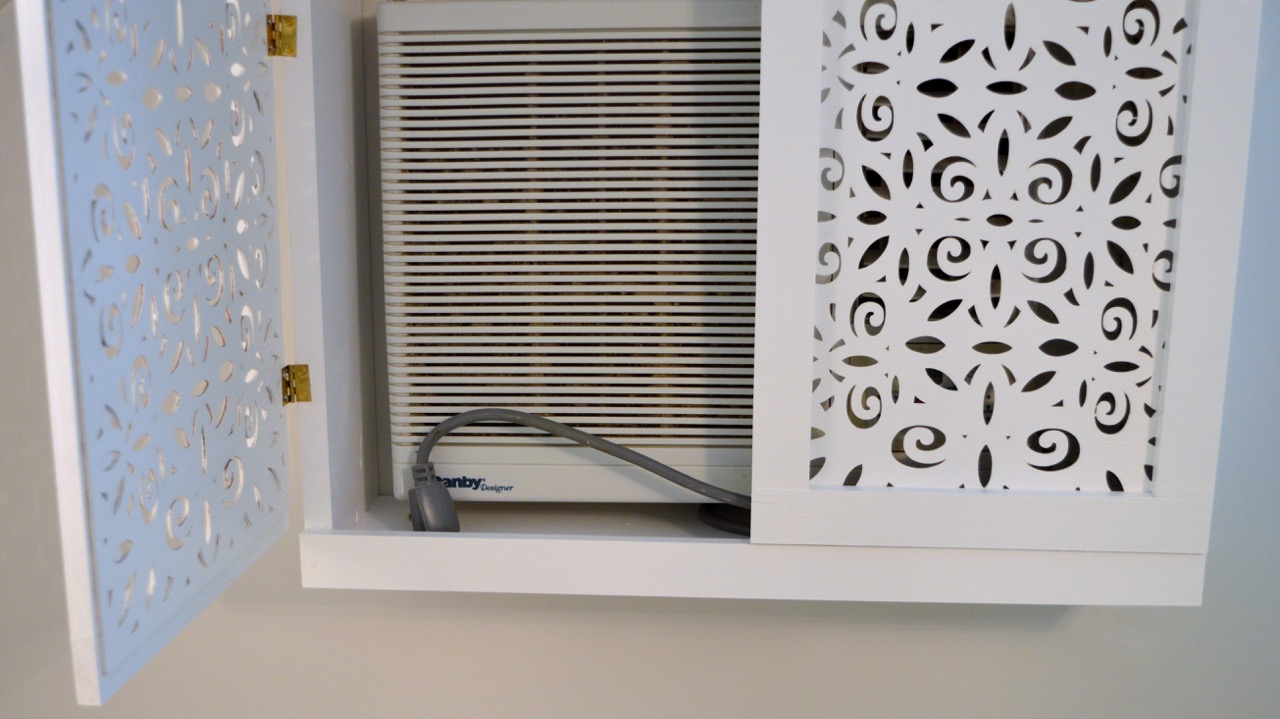
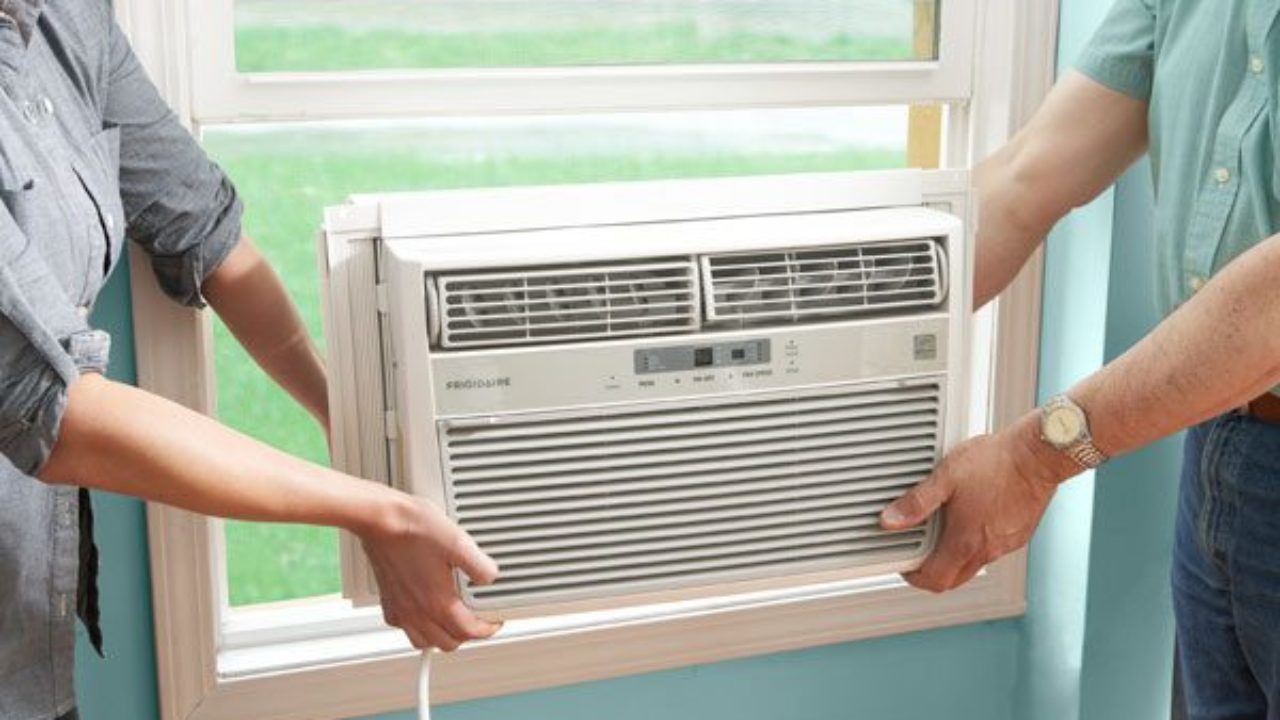

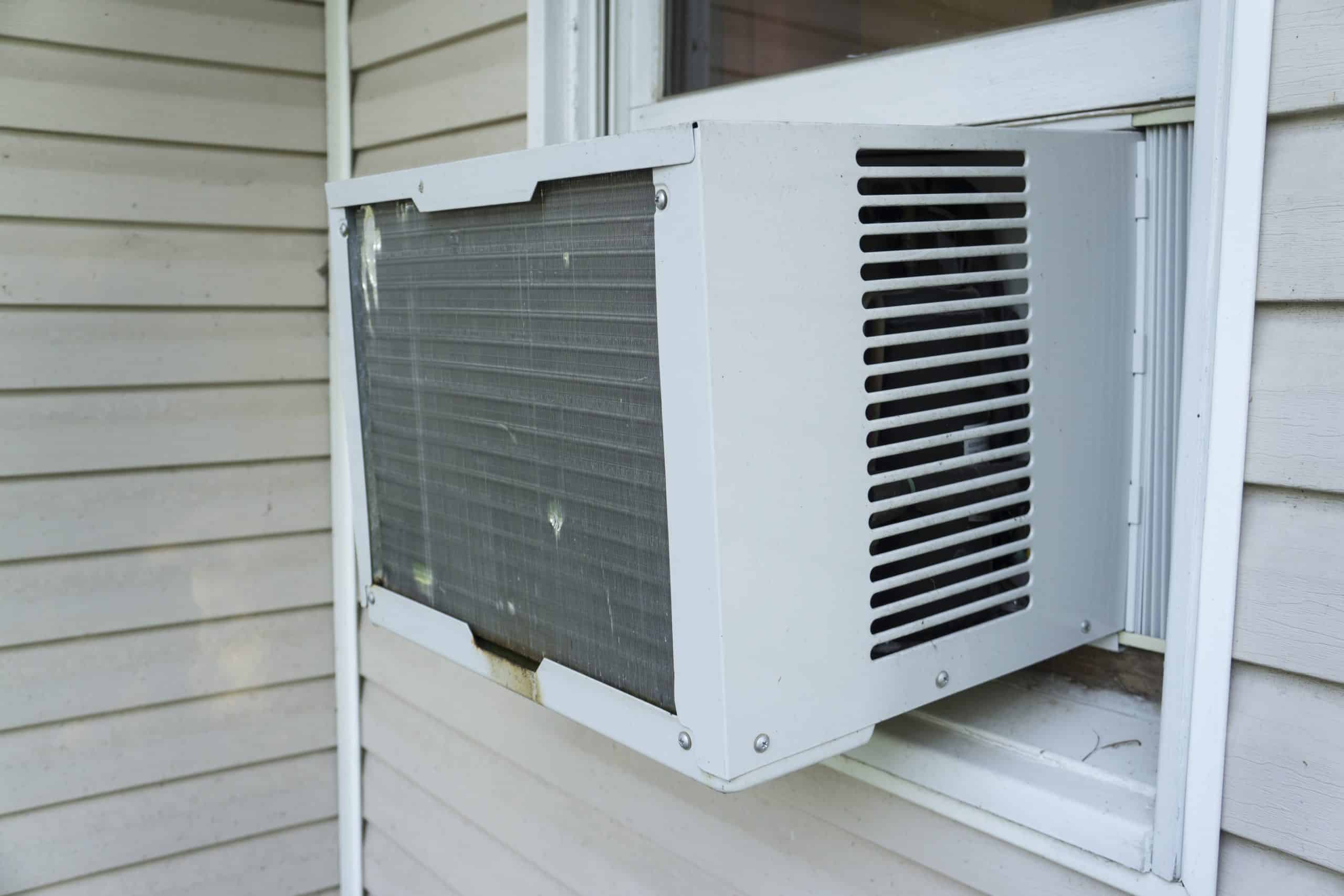
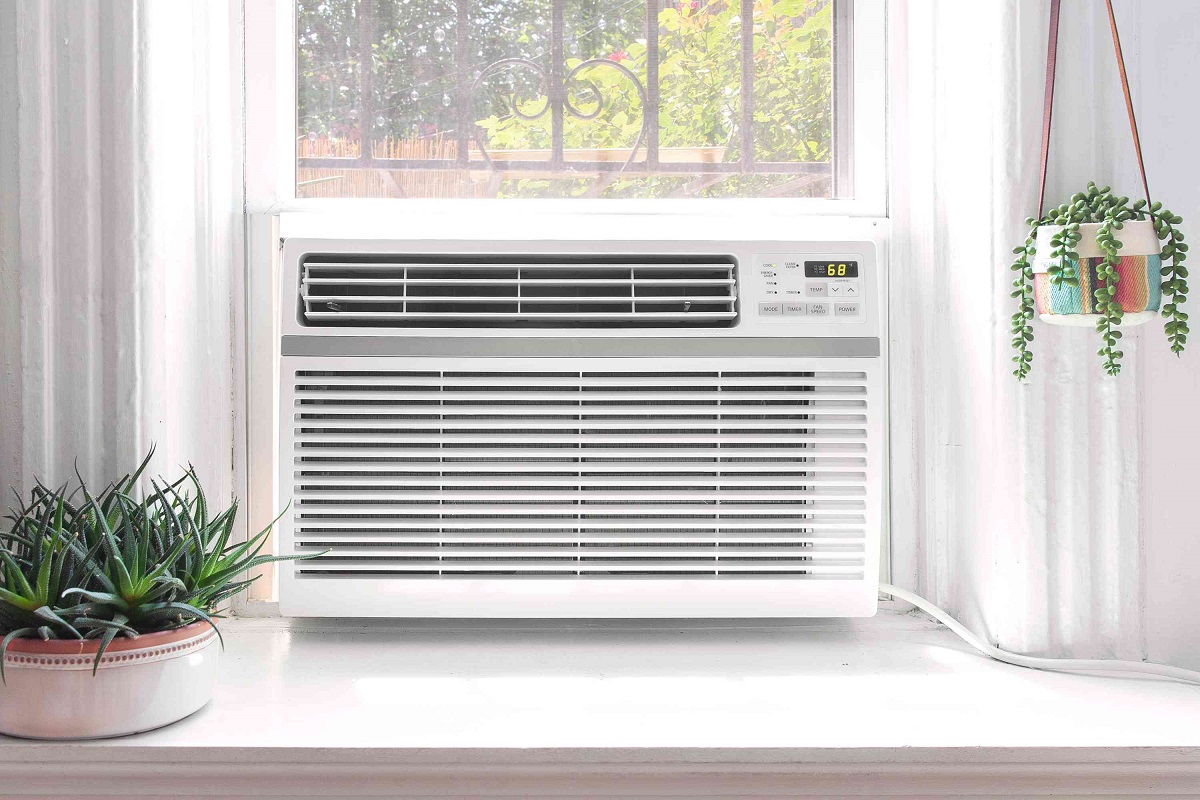
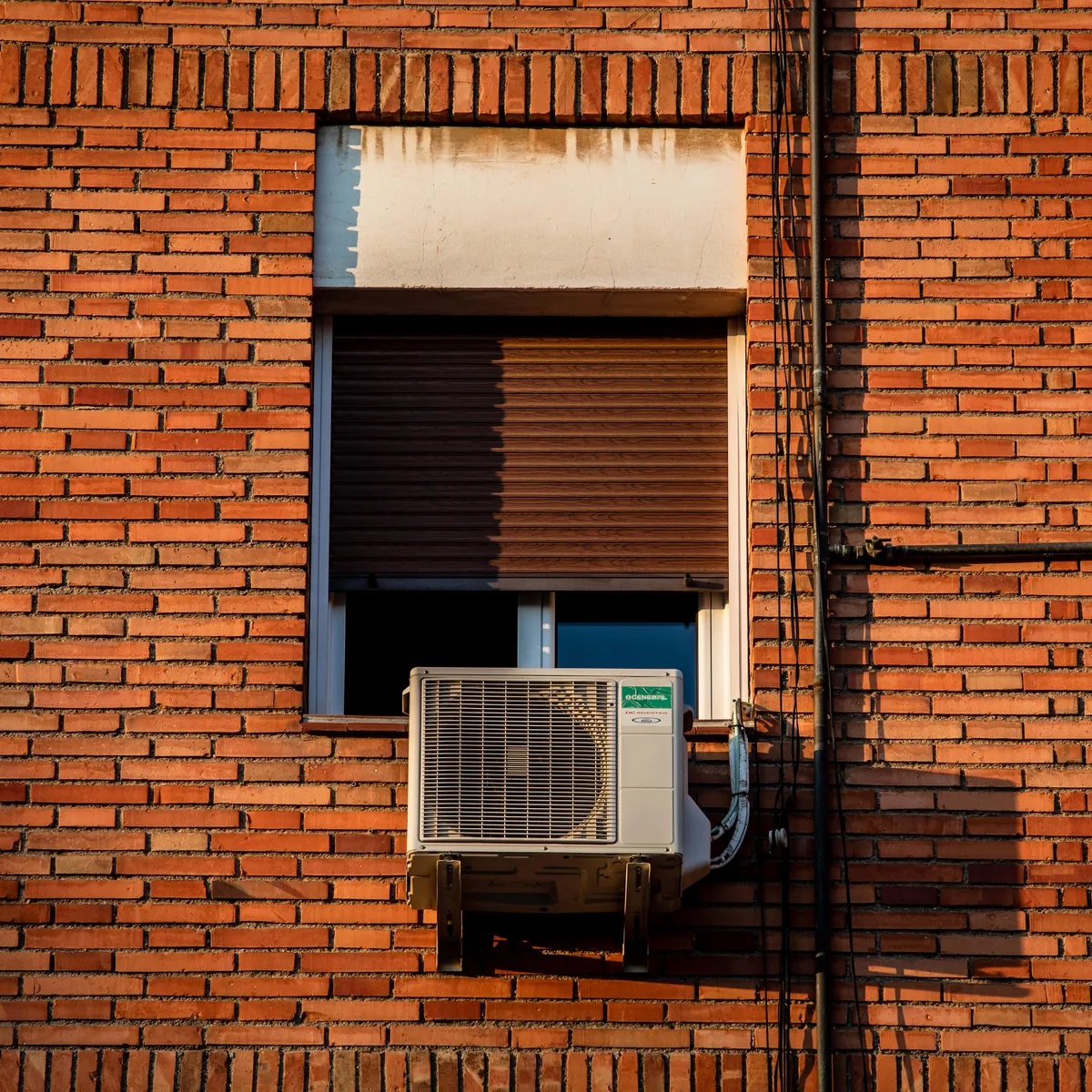
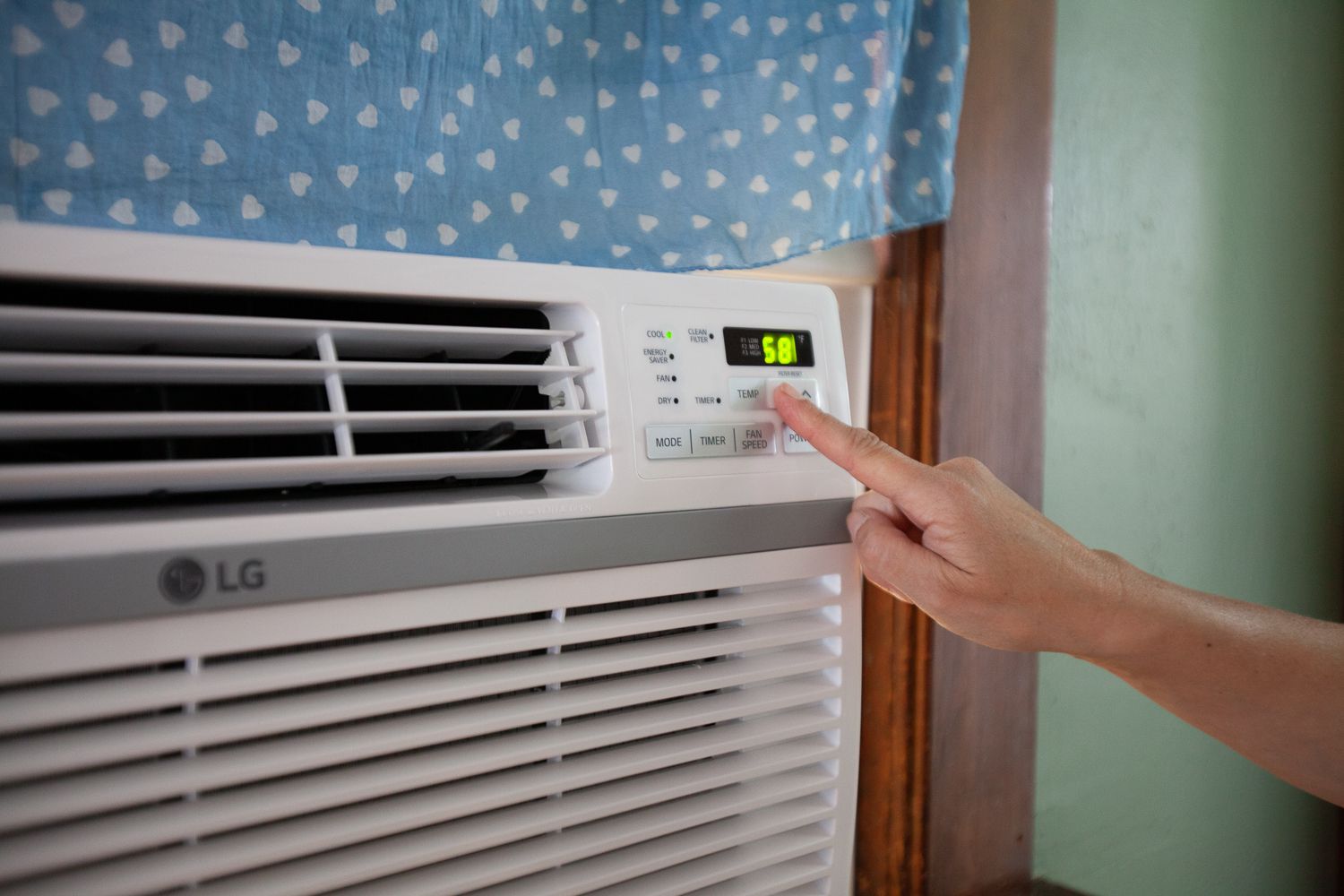
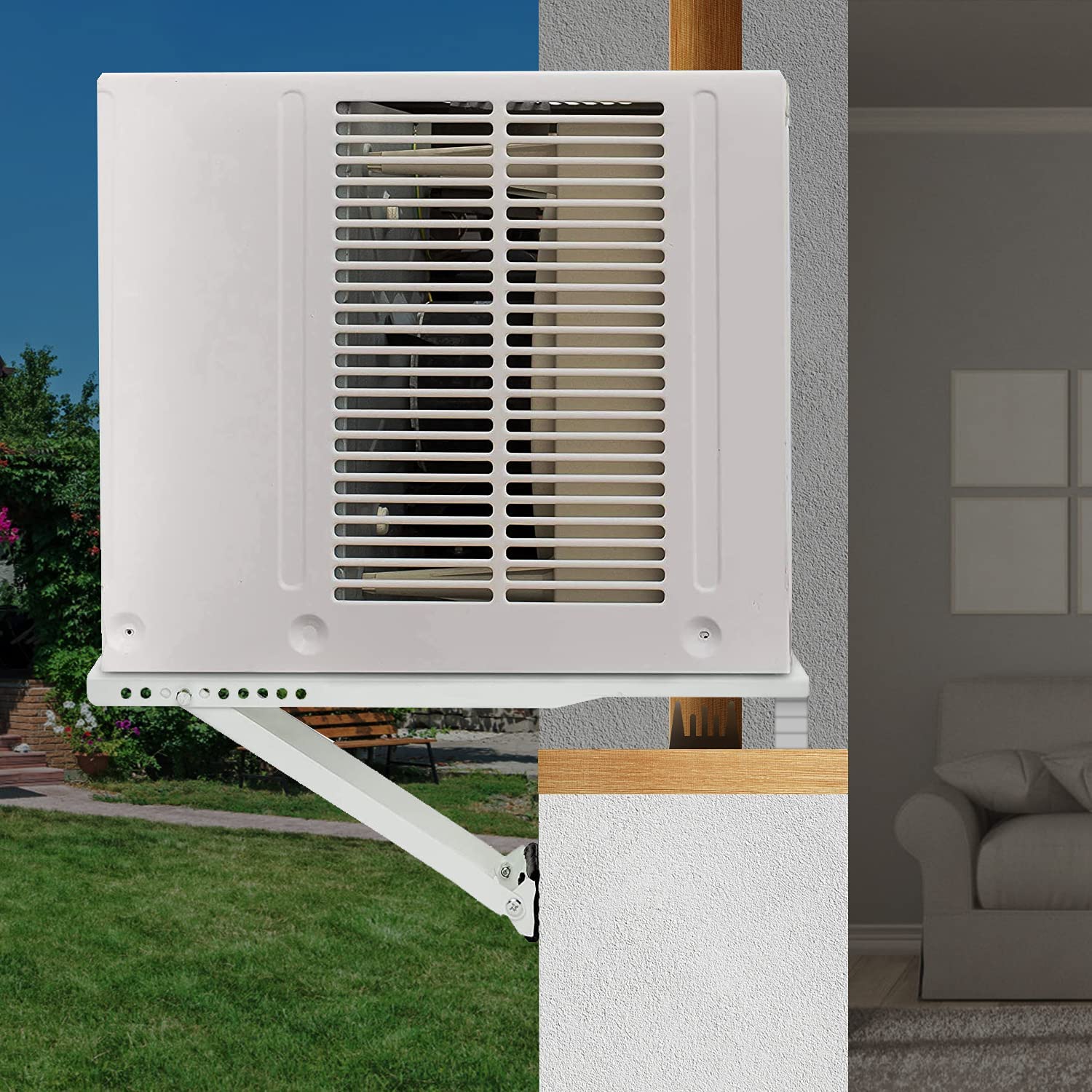
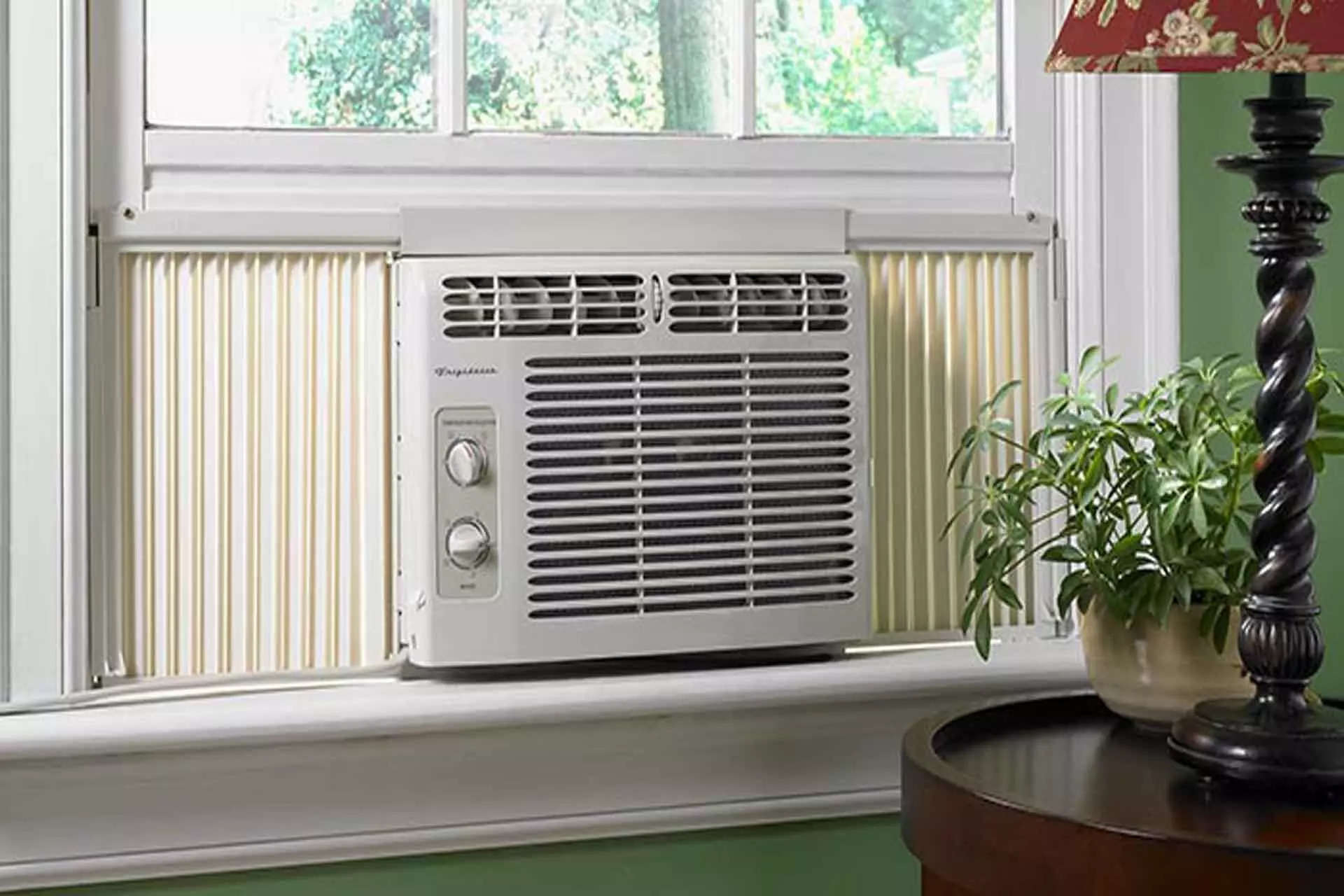

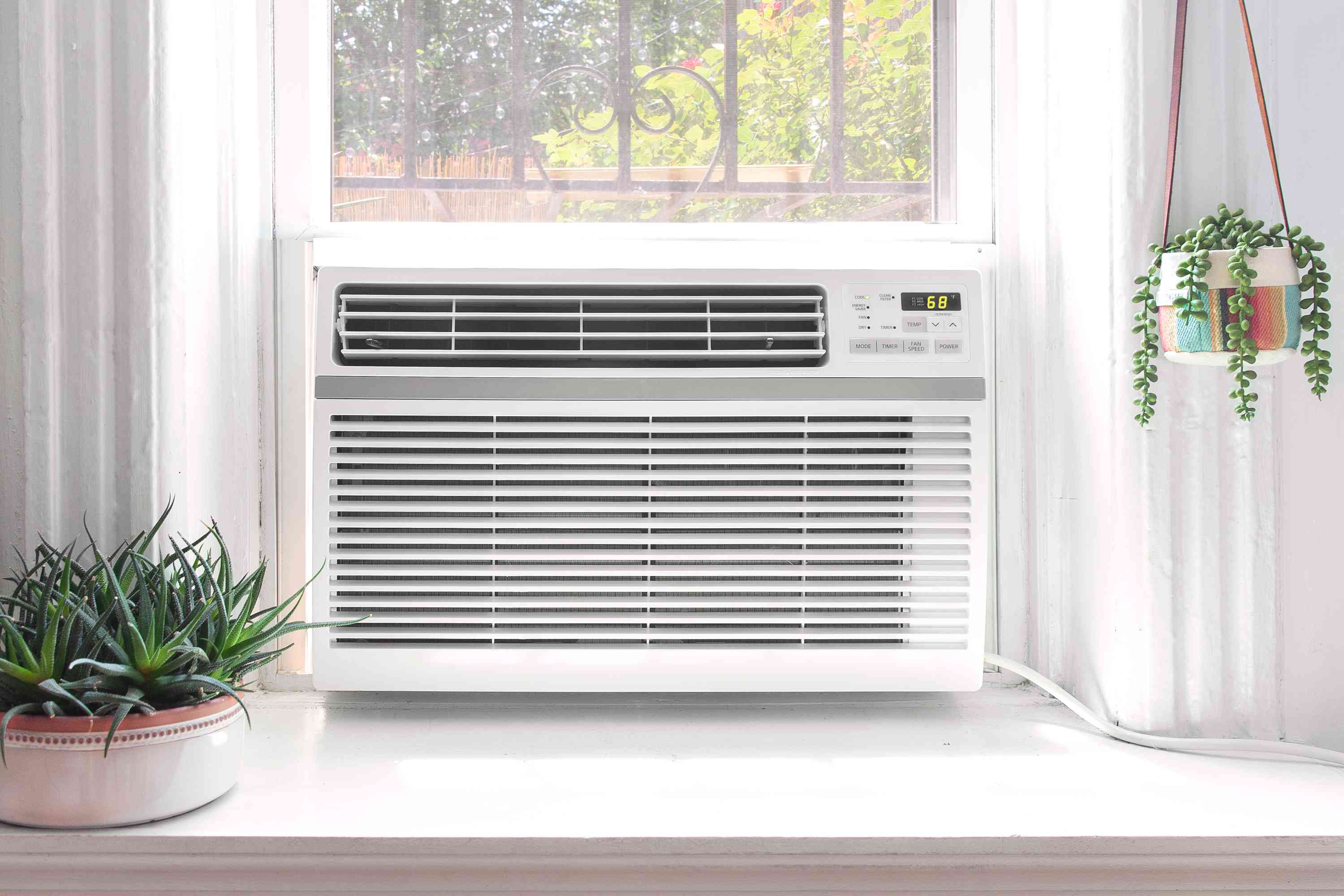

0 thoughts on “How To Store Window Ac Unit”